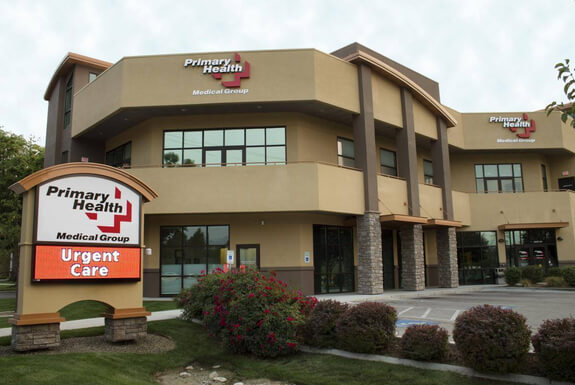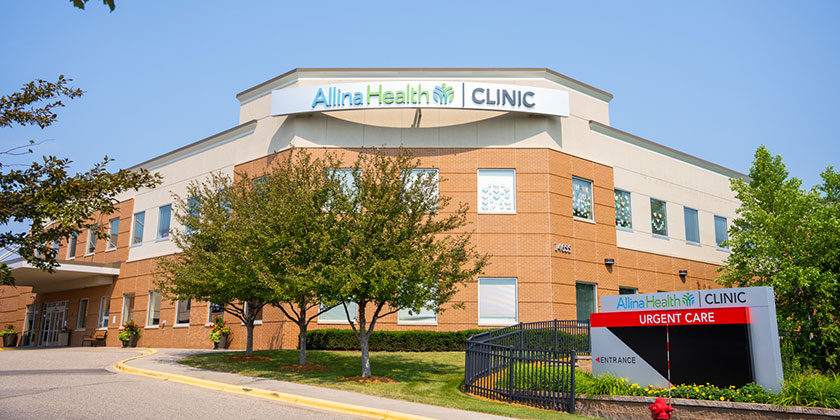Exactly How Urgent Care Clinics Enhance Access to Medical Care for Patients With Immediate yet Non-Emergent Medical Requirements
Urgent treatment clinics have become a critical part in the healthcare landscape, addressing the demands of individuals that need immediate focus for non-emergent problems. By running outside of traditional office hours and supplying a structured method to small injuries and health problems, these facilities not only decrease the problem on emergency situation divisions however additionally enhance general client accessibility to timely treatment. As we take into consideration the implications of this design, it becomes crucial to take a look at just how urgent care clinics are changing person experiences and end results in manner ins which warrant more exploration.
Function of Urgent Treatment Clinics
Immediate treatment clinics play a vital role in the healthcare system by providing obtainable and prompt clinical services for non-life-threatening problems. These centers function as a vital bridge between health care service providers and emergency divisions, properly relieving the problem on hospitals while making sure patients receive prompt care. By running prolonged hours, consisting of weekends and nights, immediate care facilities accommodate individuals that might not have the adaptability to check out a standard physician's workplace during basic organization hours.
The spectrum of solutions used at urgent care clinics consists of therapy for minor injuries, ailments, and diagnostic solutions such as X-rays and laboratory tests. This breadth of treatment allows clients to deal with a variety of health concerns without the long delay times normally related to emergency rooms. Immediate care centers often employ a diverse group of healthcare experts, including physicians, registered nurse experts, and medical professional aides, who are geared up to deal with various clinical scenarios.
Advantages of Immediate Access

In addition, prompt accessibility lowers the burden on primary care carriers and emergency situation divisions by drawing away much less important instances to proper settings. This minimizes overcrowding in emergency clinic, enabling those with real emergencies to receive the immediate treatment they need without unnecessary hold-ups.
Additionally, the benefit of extended hours and walk-in availability implies that patients can look for care without the need for consultations, which is especially advantageous for individuals with uncertain routines or those that might experience sudden health concerns. - Urgent Care
The availability of immediate care clinics promotes a proactive strategy to health and wellness, encouraging individuals to seek clinical guidance and therapy quicker instead than later. This not just enhances person fulfillment but likewise promotes a culture of preventative care, inevitably resulting in much healthier communities.
Contrast With Emergency Clinic
Regularly, clients locate themselves unsure whether to check out an urgent treatment clinic or an emergency clinic when confronted with a clinical issue. Urgent Care. Recognizing the distinctions between these 2 healthcare alternatives is vital for making informed choices. Urgent care facilities are made to attend to instant however non-emergent clinical concerns, such as minor injuries, infections, or ailments. They generally operate with extensive hours, consisting of weekends and nights, giving prompt access for clients who may not need the extensive services of a health center.
In comparison, emergency clinic are outfitted to take care of deadly circumstances and severe medical emergencies, such as heart strikes, strokes, or significant injury. These facilities provide advanced diagnostic devices and professional consultations, which can result in longer wait times for patients with much less important problems. Usually, emergency clinic often tend to be a lot more expensive than immediate treatment centers, making urgent treatment a much more affordable option for non-emergent demands.
Eventually, while both urgent treatment centers and emergency areas play important roles in the medical care system, comprehending their respective features enables people to select the suitable setup based on the necessity and nature of their medical issues.
Solutions Supplied by Urgent Care
Immediate care facilities supply a wide selection of services customized to address non-emergent clinical needs, making them a practical option for individuals looking for timely interest. These centers are geared up to take care of different problems, including minor cracks, sprains, and lacerations, which need prompt care however do not necessitate emergency area intervention.
Furthermore, immediate care centers supply diagnostic services such as X-rays and research laboratory tests, enabling quicker assessment and treatment of ailments. Patients commonly existing with common conditions like colds, influenza, and infections, which can be efficiently managed on-site. Additionally, immediate treatment facilities frequently offer preventative solutions, including vaccinations and wellness testings, contributing to overall public health.
One more crucial solution used is the monitoring of persistent problems exacerbated by acute symptoms, such as asthma or diabetes, guaranteeing individuals get timely care without overwhelming emergency services. Many clinics additionally expand their hours past typical office schedules, enhancing accessibility for patients that might need care during weekend breaks or evenings.
Improving Client Outcomes

Urgent treatment facilities are furnished to deal website here with a range of non-emergent medical concerns, including minor injuries, infections, and illnesses. Their emphasis on easily accessible, premium care permits individuals to receive appropriate therapies and preventative services, cultivating much better health and wellness management. These centers often use a multidisciplinary method, incorporating various medical care professionals to make certain extensive treatment.
Client education and learning is also a crucial component of enhancing outcomes. Urgent treatment companies regularly offer advice on follow-up care, safety nets, and way of life alterations, empowering individuals to take an energetic role in their health and wellness. Subsequently, the combination of instant accessibility, expert care, and individual education and learning not only enhances contentment but likewise causes boosted long-term health results, enhancing the worth of urgent care centers in the healthcare continuum.
Conclusion
In recap, urgent care facilities serve an important duty in improving healthcare access for individuals with immediate, non-emergent clinical requirements. Ultimately, immediate care centers are vital in bridging the void between key care and emergency situation services, making certain effective and obtainable health care for areas.
On average, emergency situation rooms have a tendency to be more costly than immediate care centers, making immediate care a much more cost-effective choice for non-emergent demands. (Urgent Care)

Eventually, immediate care centers are important in linking the gap in between primary treatment and emergency situation services, making certain effective and obtainable healthcare for areas.